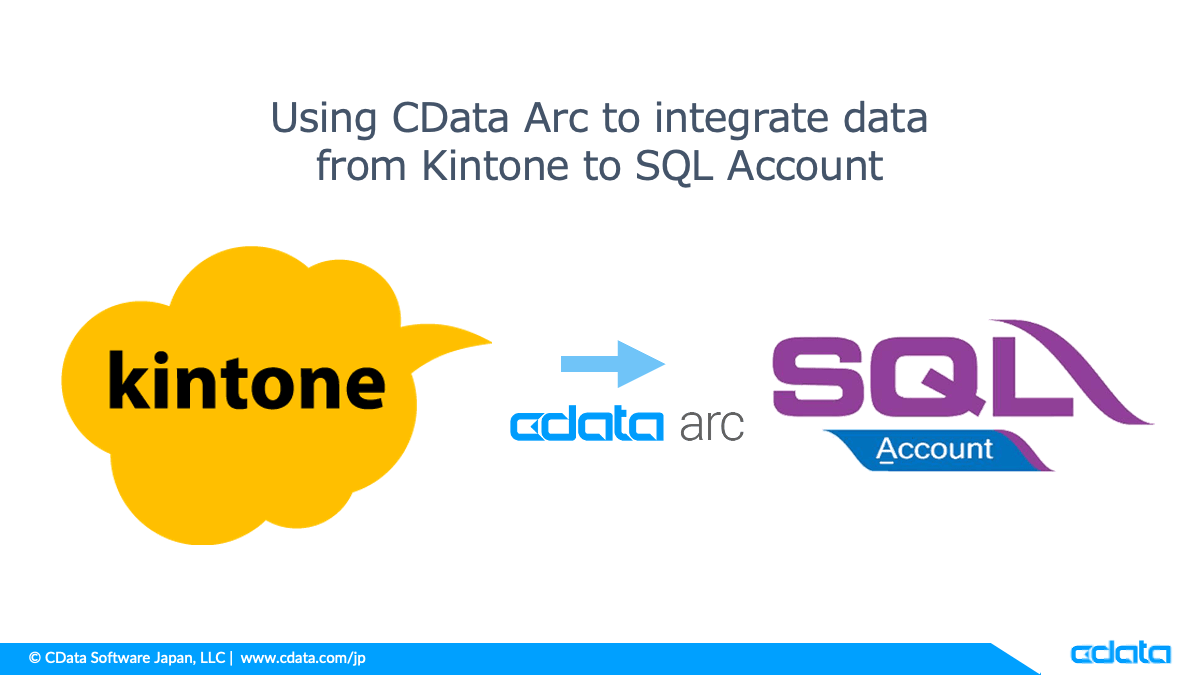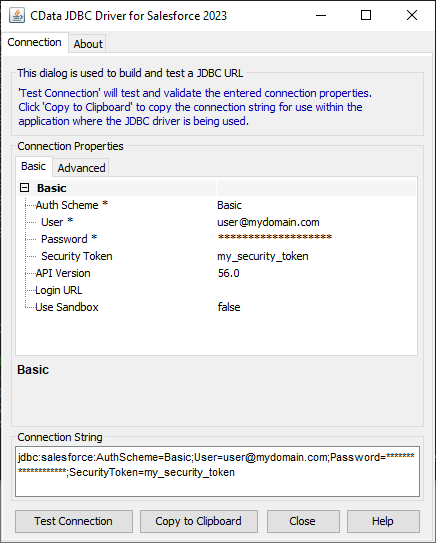Discover how a bimodal integration strategy can address the major data management challenges facing your organization today.
Get the Report →Configure the CData JDBC Driver for Dynamics CRM in a Connection Pool in Tomcat
Connect to Dynamics CRM data from a connection pool in Tomcat.
The CData JDBC Drivers support standard JDBC interfaces to integrate with Web applications running on the JVM. This article details how to connect to Dynamics CRM data from a connection pool in Tomcat.
Connect to Dynamics CRM Data through a Connection Pool in Tomcat
- Copy the CData JAR and CData .lic file to $CATALINA_HOME/lib. The CData JAR is located in the lib subfolder of the installation directory.
- Add a definition of the resource to the context. Specify the JDBC URL here.
The connection string options meet the authentication and connection requirements of different Dynamics CRM instances. To connect to your instance, set the User and Password properties, under the Authentication section, to valid Dynamics CRM user credentials and set the Url to a valid Dynamics CRM server organization root. Additionally, set the CRMVersion property to 'CRM2011+' or 'CRMOnline'. IFD configurations are supported as well; set InternetFacingDeployment to true.
Additionally, you can provide the security token service (STS) or AD FS endpoint in the STSURL property. This value can be retrieved with the GetSTSUrl stored procedure. Office 365 users can connect to the default STS URL by simply setting CRMVersion.
Built-in Connection String Designer
For assistance in constructing the JDBC URL, use the connection string designer built into the Dynamics CRM JDBC Driver. Either double-click the JAR file or execute the jar file from the command-line.
java -jar cdata.jdbc.dynamicscrm.jarFill in the connection properties and copy the connection string to the clipboard.
![Using the built-in connection string designer to generate a JDBC URL (Salesforce is shown.)]()
You can see the JDBC URL specified in the resource definition below.
<Resource name="jdbc/dynamicscrm" auth="Container" type="javax.sql.DataSource" driverClassName="cdata.jdbc.dynamicscrm.DynamicsCRMDriver" factory="org.apache.tomcat.jdbc.pool.DataSourceFactory" url="jdbc:dynamicscrm:User=myuseraccount;Password=mypassword;URL=https://myOrg.crm.dynamics.com/;CRM Version=CRM Online;" maxActive="20" maxIdle="10" maxWait="-1" />To allow a single application to access Dynamics CRM data, add the code above to the context.xml in the application's META-INF directory.
For a shared resource configuration, add the code above to the context.xml located in $CATALINA_BASE/conf. A shared resource configuration provides connectivity to Dynamics CRM for all applications.
- Add a reference to the resource to the web.xml for the application.
Dynamics CRM data JSP jdbc/DynamicsCRM javax.sql.DataSource Container -
Initialize connections from the connection pool:
Context initContext = new InitialContext(); Context envContext = (Context)initContext.lookup("java:/comp/env"); DataSource ds = (DataSource)envContext.lookup("jdbc/DynamicsCRM"); Connection conn = ds.getConnection();
More Tomcat Integration
The steps above show how to connect to Dynamics CRM data in a simple connection pooling scenario. For more use cases and information, see the JNDI Datasource How-To in the Tomcat documentation.







